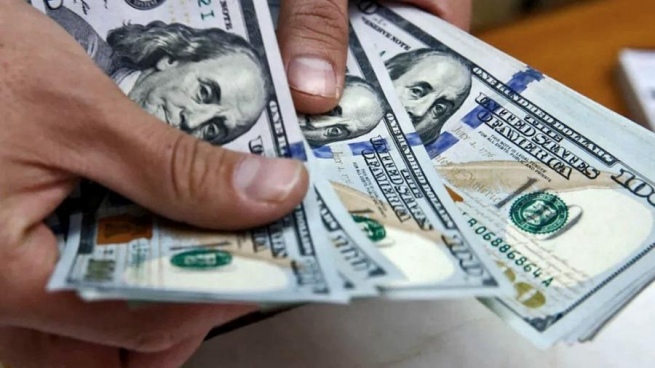The Government undertakes to take a set of measures to reduce inflation such as achieving positive real rates, maintaining a stable exchange rate, reducing monetary assistance from the Central Bank to the Treasury, and continuing with the policy of sectoral Price Agreements, based on the understanding with the International Monetary Fund.
In this way, the commitment was assumed to “reduce persistently high inflation in a lasting way through a multi-pronged strategy that includes a combination of fiscal, monetary, and price and income policies“.
For the next few years, an inflation target scheme with gradual reductions is foreseen, within an estimated range, so that by 2022 it is expected to be within a range of 48% to 38%; by 2023 between 42% to 34%; and for 2024, the last year of the program with the IMF, between 37% and 29%.
The Memorandum of economic and financial policies stated that “measures are being taken to reduce inflation, which produces profound economic and social costs, and to anchor expectations around inflationary dynamics”.
One of the measures to be taken is the reduction of financing from the Central Bank to the Treasuryin the following gradual scheme: to 1% of GDP in 2022, 0.6% of GDP in 2023 and zero in 2024″, it was indicated.
Recently, monetary policy measures were adopted that had to do with the increase in interest rates in general: of the Bills issued by the Central Bank, of the deposit rates and the ceilings of the credit rates were also corrected upwards.
Furthermore, in mid-February, the BCRA raised the annual effective monetary policy rate another 365 basis points to continue supporting the demand for assets in pesos, in a set of measures prior to the agreement to attest to the direction of the policies.
These policies were complemented by those of price agreementsto lower inflation and as an “important complement to existing wage agreements to support real wage growth.”
On the other hand, “the BCRA will try to maintain a positive effective monetary policy rate in real terms, maintaining coherence with a sustainable trajectory for BCRA securities. When determining the real interest rate, coincident and prospective indicators of inflation will be taken into account, which will be updated monthly, in communication with the IMF’s technical staff, also taking into account other factors, such as the evolution of reserves.
This will help ensure that “interest rates on bank term deposits remain positive in real terms, in order to support the demand for deposits in pesos and the development of an internal market for public securities,” they said.
As for the evolution of dollarthe Government undertook to “calibrate the management of the exchange rate to guarantee the medium-term competitiveness of the real effective exchange rate, and encourage the accumulation of reserves.”
To this end, “the official exchange rate adjustment rate will keep the real effective exchange rate in 2022 broadly unchanged from 2021 levels, in order to preserve competitiveness.”
“Our interventions in the official market (Single Free Exchange Market, MULC) will be consistent with our reserve accumulation targetand will take into account the variability due to seasonal factors and temporary episodes of excessive volatility,” concluded the official text.








